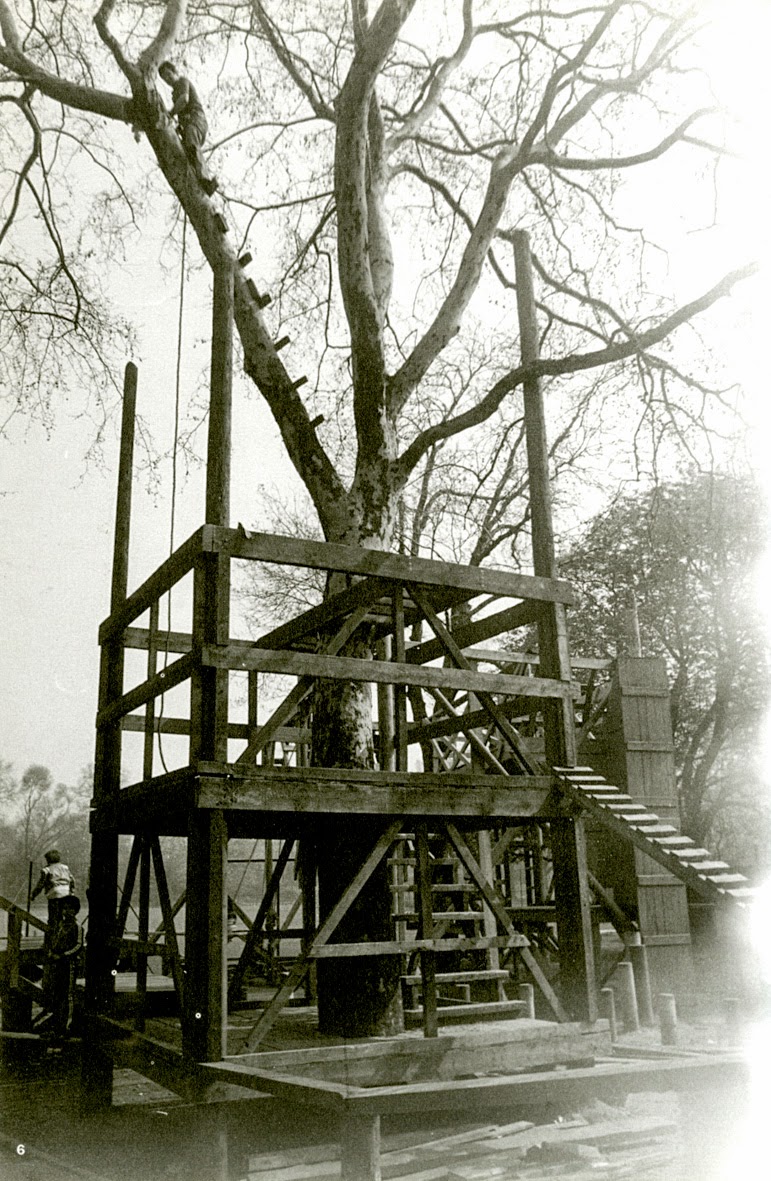The Smithsons on Housing
Prod. B.S. Johnson
BBC, 1970
Television can be a cruel medium, sometimes deliberately through malicious direction and camera work, or sometimes because the subject before the lens just doesn't fit comfortably into the aesthetic conventions of the small screen.
Peter and Alison Smithson, the dynamic duo of postwar New Brutalist British architecture, can be seen struggling here as they are afflicted by both B.S. Johnson's raw
cinéma vérité style - tight static close-ups, stark colour - and a personal awkwardness in front of the camera - an oddly halting diction, an uncertain evasive gaze, Expressionist make-up and too much lower front dental work. Hey, now it's my turn to be cruel! We must award 10/10 for effort on their wardrobe. Peter's pattern shirt and rhinestone tie combo and Alison's futuristic silver astro-bondage blouse seem like a distinct attempt to ape the young fashions they no longer quite suit, but I like it.
It could be contended that given their small number of realised designs,
the Smithson's disproportionately inflated reputation was what they
built best, so it is good to see them actually working on real project.
The film examines the Smithson's design for Robin Hood Gardens estate next to London Docklands, which had ceased to be a major port by the mid 1960s and was already part derelict and demolished.
The 'streets in the sky' utopian vision seems appealing at first but the monotone delivery of the upbeat pitch eventually gives way to tedious moaning about the lack of respect tenants have for their building.
Perhaps the vandalism they complain of illustrates that well-intended design can only go so far in creating a better society, when their middle class professional frustrations confront working class poverty, ignorance and mass unemployment.
The powers that be at the BBC did not care for the film and Johnson, being a pugnacious sort, probably took issue with this. It marked the end of his relationship with the BBC, which seems a terrible waste given the other excellent short films he made. It's not as if this was even Johnson at his most experimental and provocative, but thankfully he produced several more films for ITV before he ended his brief but productive life aged only 40 in 1973 by slitting his wrists.
Despite campaigns by residents who loved the place and modernist preservationists, the upkeep and repair of the buildings were deemed too expensive and demolition work began on Robin Hood Gardens last year to make way for residential developments for City workers at neighbouring Canary Wharf. Another victory for Mammon - I wonder what the Smithsons or Johnson would say?
























































